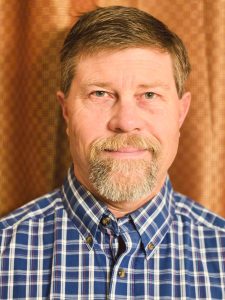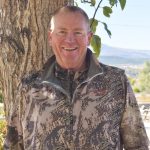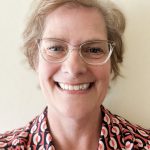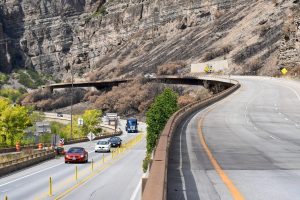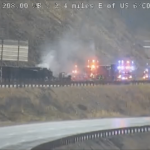Q&A with Rifle City Council candidate Aaron Cumming
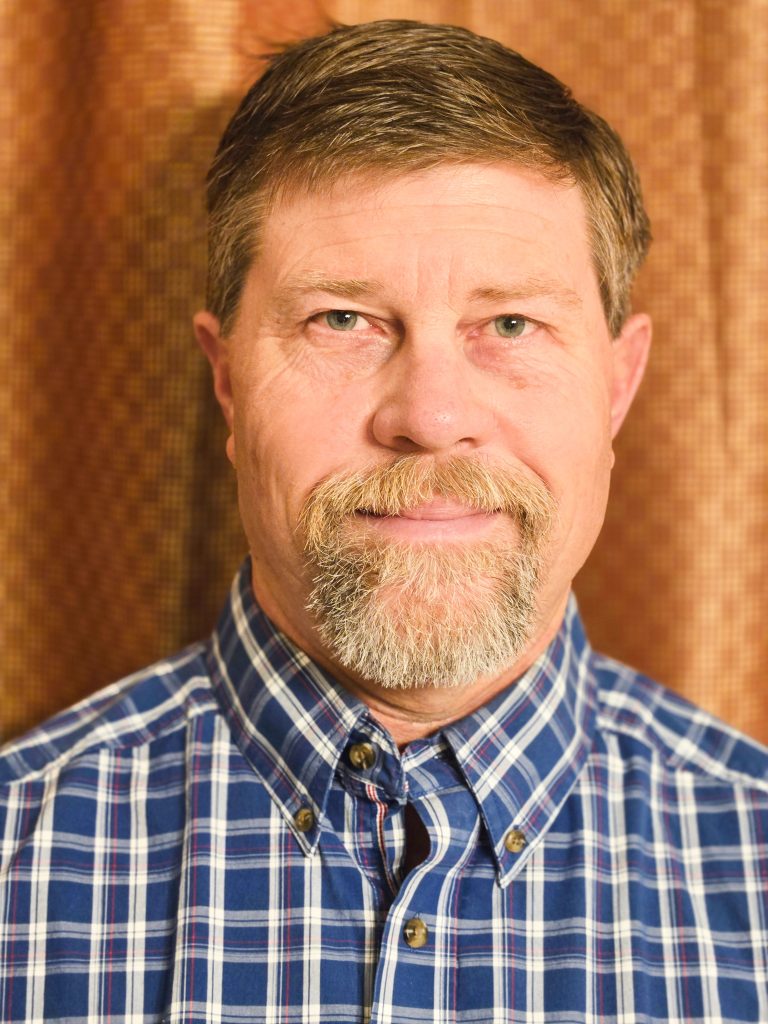
Aaron Cumming/Courtesy
Editor’s note: This is the final installment of Q&As with Rifle City Council candidates. More Q&As will appear in Friday’s edition of the Post Independent.
The Rifle City Council race features Aaron Cumming, who is running alongside fellow new candidates Ryan Fideldy, Jonathan Rice, Rick Steffen and Scott Marsh. The five challengers are competing against incumbents Clint Hostettler, Alicia Gresley and Michael Clancy for one of five open seats.
Q: What made you run for Rifle City Council?
A: I decided to run for Rifle City Council because I care deeply about our community and want to help shape its future in a positive, practical way. Since moving to Rifle in 2018, this city has given me so much, and I believe in giving back through service. My goal is to help ensure we are planning wisely, supporting a strong local economy and keeping Rifle a great place to live for families, businesses and future generations. I am not a politician by nature — I am a resident who loves this city and wants to see it thrive. Serving on the Parks and Recreation Advisory Board has shown me how much positive impact local involvement can have, and running for City Council feels like the next step to contribute even more.
Q: Tell us about your background and why you think you are a good fit for the council. What is something you want the community to know about you?
A: My name is Aaron Cumming, and I’ve been proud to call Rifle home since May 2018. I am a logical, level-headed person who believes in taking time to think things through and make decisions that benefit the whole community. Public speaking is not my strongest suit, but my desire to contribute more to our city is pushing me to step outside my comfort zone and get even more involved. I believe that caring about your community means showing up, and I’m ready to do just that. I have always believed in giving back.
I currently serve on the Rifle Parks and Recreation Advisory Board and have been the vice chair for the past three years. Before moving to Rifle, I spent 35 years as a farmer and rancher. While living in Sedgwick County, I served as Fair Board president for 10 years and retired from the Julesburg Volunteer Fire Department, where I also served as secretary/treasurer for eight years. Through these roles, I’ve gained valuable experience working with budgets, planning projects and serving my community.
I truly enjoy living in Rifle and want to help ensure that as we grow, we do so in a logical and sustainable way that strengthens existing services and infrastructure for generations to come. Growth, infrastructure and housing all go hand in hand, and each requires careful thought and planning so that everything works together smoothly.
Q: If elected, what is something that you are most focused on to help improve the city?
A: One of the key areas I want to focus on is transportation — both within Rifle and connecting our community to the rest of the valley. Our streets are the backbone of local mobility, and maintaining them is becoming increasingly challenging as Rifle continues to grow. We need to plan to ensure that our infrastructure can handle not just today’s traffic but the future demands that come with new housing, businesses and population growth. That means looking at long-term street maintenance, strategic upgrades and smart design that supports safe, efficient travel for everyone — whether they are driving, biking or walking.
Transportation is not just about local streets. Many of our residents commute upvalley for work, and we should explore practical ways to make that daily trip easier and more affordable. Expanding public transportation options, improving park-and-ride facilities and coordinating with regional partners like RFTA and PATS could make a real difference for working families. I would also like to see more collaboration between the city, county and regional planners to develop a cohesive transportation strategy that looks at Rifle as a key hub in western Garfield County.
Ultimately, transportation ties directly into economic growth and quality of life. When people can get to work safely and efficiently, businesses thrive, families have more time at home and our community becomes a stronger, more connected place to live.
Q: What do you think is the biggest problem Rifle is facing?
A: I decided to run for Rifle City Council because I care deeply about our community and want to play a role in shaping how we grow and adapt in the years ahead. Rifle is at an important point in its development, and I believe one of our biggest challenges moving forward will be infrastructure — everything from housing and utilities to roads, growth and transportation.
As our community continues to grow, we have to make sure our infrastructure keeps pace in a thoughtful, sustainable way. That means planning carefully for future housing needs so we can maintain affordability and preserve the character of our neighborhoods. It means ensuring our streets, water systems and public spaces can handle the demands that come with new development.
It means investing in transportation and connectivity so residents can move safely and efficiently throughout town. I am running because I want to be part of the team that makes those decisions with a balanced, practical approach. I believe in working collaboratively, listening to residents and basing decisions on facts and long-term planning. Rifle has a lot of potential, and by focusing on smart infrastructure investments today, we can make sure it remains a strong, vibrant community for families, businesses and future generations.
Q: Rifle recently approved higher pay for city employees and police officers. Do you think increasing wages will help retain staff, and how would you balance that with the city’s budget and taxpayer concerns?
A: I believe the higher pay structure for city employees is the right move for several important reasons. First and foremost, retaining experienced, skilled employees ultimately saves the city money. Hiring and training new employees is not only costly but also time-consuming, and high turnover can disrupt city operations and slow down important projects and services.
When employees feel valued through fair compensation, they are more likely to stay long term, bringing stability and institutional knowledge that benefit the entire community. Moreover, a competitive pay structure helps attract high-quality candidates who can handle the demands of public service. This is especially important as cities grow and face increasingly complex challenges — from infrastructure and public safety to parks, recreation and administrative functions. Having capable, experienced staff in place ensures these challenges are met efficiently and effectively.
At the same time, I understand the need to balance the city’s budget and consider taxpayer concerns. A well-planned pay structure can be implemented thoughtfully, ensuring that increases are sustainable and tied to performance, longevity or critical skills. When employees are adequately compensated, the city avoids hidden costs associated with turnover, errors and inefficiencies, which can ultimately be more burdensome to taxpayers than investing in fair wages upfront.
In short, supporting a higher pay structure is not just about employee satisfaction — it is a strategic investment in the city’s future, operational effectiveness and long-term financial health. It allows the city to retain talented employees, maintain quality services and make the most responsible use of taxpayer dollars.

Support Local Journalism

Support Local Journalism
Readers around Glenwood Springs and Garfield County make the Post Independent’s work possible. Your financial contribution supports our efforts to deliver quality, locally relevant journalism.
Now more than ever, your support is critical to help us keep our community informed about the evolving coronavirus pandemic and the impact it is having locally. Every contribution, however large or small, will make a difference.
Each donation will be used exclusively for the development and creation of increased news coverage.

